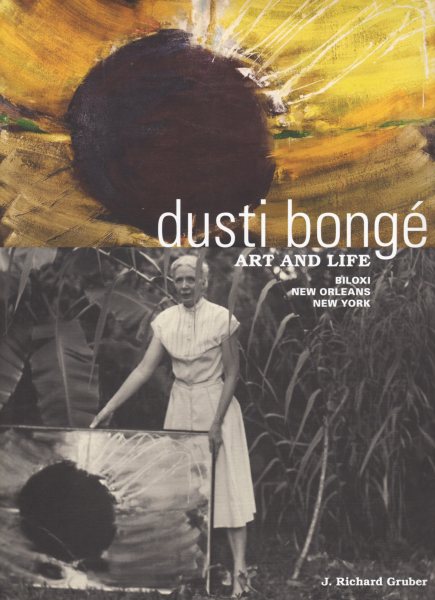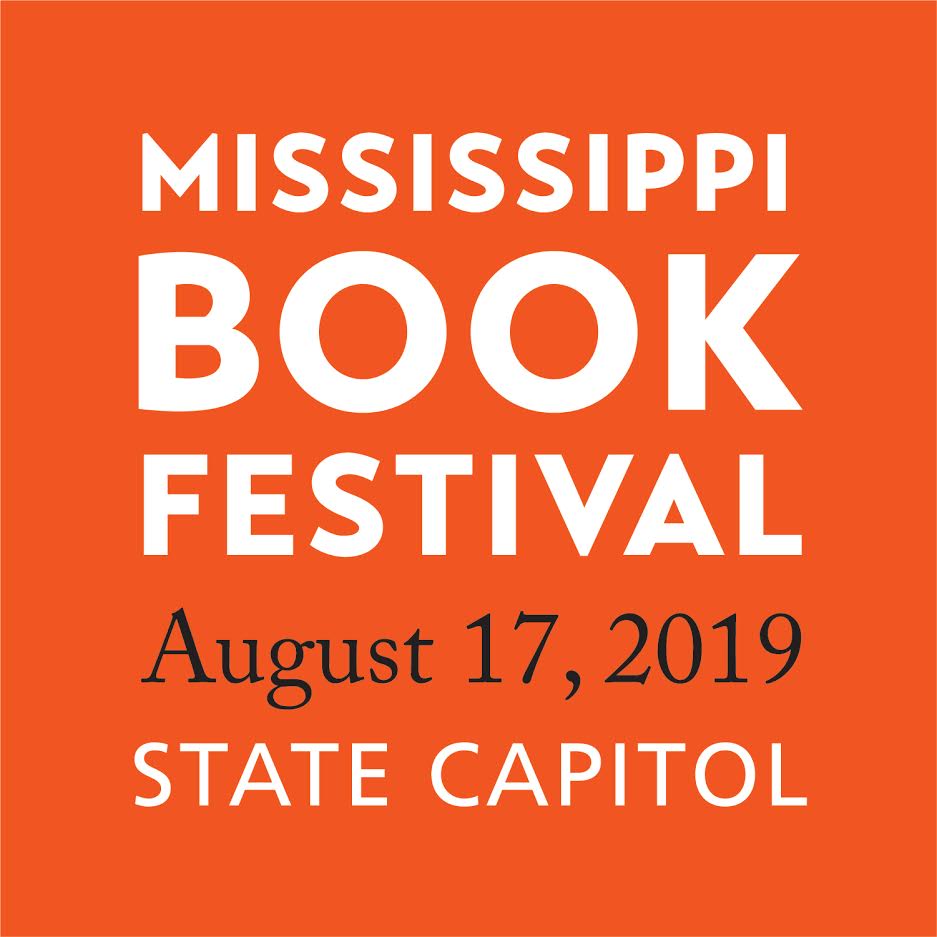By William Dunlap. Special to the Clarion-Ledger Sunday print edition (July 21)
I can objectively say that this is one of the most sumptuous and satisfying books that has ever been my pleasure to hold and read. It is as profound as it is long overdue.
 In the interest of full disclosure, let me state that I know Rick Gruber, and I know him to be a scholar of the first order who has at his command more information about art of a southern nature than anyone alive. It is also worth noting that his prose is infinitely readable, unlike so many of those who write about art in a scholarly fashion.
In the interest of full disclosure, let me state that I know Rick Gruber, and I know him to be a scholar of the first order who has at his command more information about art of a southern nature than anyone alive. It is also worth noting that his prose is infinitely readable, unlike so many of those who write about art in a scholarly fashion.
I also know Paul Bongé, grandson of Dusti and son of Lyle, who like his father is a terrific photographer, sailor, builder, waterman and keeper of the family faith and tradition on the Mississippi Gulf Coast.
Lyle Bongé, Dusti’s son, was a fine friend who I came to know through the poet/publisher Jonathan Williams. The two were both alumni of Black Mountain College and lifelong collaborators. The Sleep of Reason, Lyle’s book published by Jonathan Williams’ Jargon Society Press, contains photographs of New Orleans Mardi Gras from the 1950s and says more than we really want to know about our people, time, and place.
I met Dusti Bongé toward the end of her life, and recall a memorable studio visit. She was working with pure pigment and fiberglass to create her Windows that were a part of her last exhibition at the Betty Parsons gallery. They contained rich colors that were, at the time, hard to love but it was easy to see her mastery of the medium and why the New York School, a.k.a. Betty Parsons et al., were devoted to her.
Dusti Bongé Art and Life is published by the Dusti Bongé Art Foundation. The book was designed by Philip Collier of New Orleans and distributed by the University Press of Mississippi. This lavishly illustrated tome of some 350 pages with 500 illustrations was four plus years in the making and accompanies the Ogden Museum of Southern Art exhibition, “Piercing the Inner Wall: The Art of Dusti Bongé’” curated by Bradley Sumrall. This exhibition will come to the Mississippi Museum of Art in the fall of 2020.
Many of the very telling photographs included in this book are by Jack Robinson, the internationally known and enigmatic photographer from the Mississippi Delta who is worthy of further study and serious scrutiny.
All of this begs the rhetorical question: Why has it taken so long?
It is inexplicable that this most accomplished and recognized woman who was with us from 1903 until 1993, mainly in Mississippi but sometimes in New Orleans and New York, and yet has all but fallen through the proverbial cracks.
For a place like Mississippi that is so obsessed with its native sons (could this be a reason?) to overlook this remarkable artist for so long is a question that wants to be addressed.
While New York and New Orleans are discussed in depth, it’s Biloxi and the Mississippi Gulf Coast that come in for the most revealing and substantive writing and research. In addition to chronicling a life, art, and sense of place, this book is also a profound social history of the Mississippi Gulf Coast and exploration of the extraordinary pull of this place for artists like George Ohr and the Walter Anderson family.
That the Gulf Coast has more in common with New Orleans than it does with say Tupelo hardly comes as a surprise, but it helps explain the complexities of a place like Mississippi.
William Faulkner once said that in order “to understand the world you need to understand a place like Mississippi.”
Rick Gruber’s book, Dusti Bongé: Art and Life answers many of these questions and helps us understand much, much more.
William Dunlap is a painter, writer and native son of Webster County. His first collection of stories , Short Mean Fiction is soon to be followed by Lying and Making a Living. He will talk about that and his book from University Press Of Mississippi, Pappy Kitchens and the Saga of Red Eye the Rooster at the Mississippi Book Festival, August 17.
Richard Gruber will appear at the Mississippi Book Festival August 17 as a participant (along with William Dunlap) in the “Southern Art” panel at 1:30 p.m. in State Capitol Room 204.



Comments are closed.